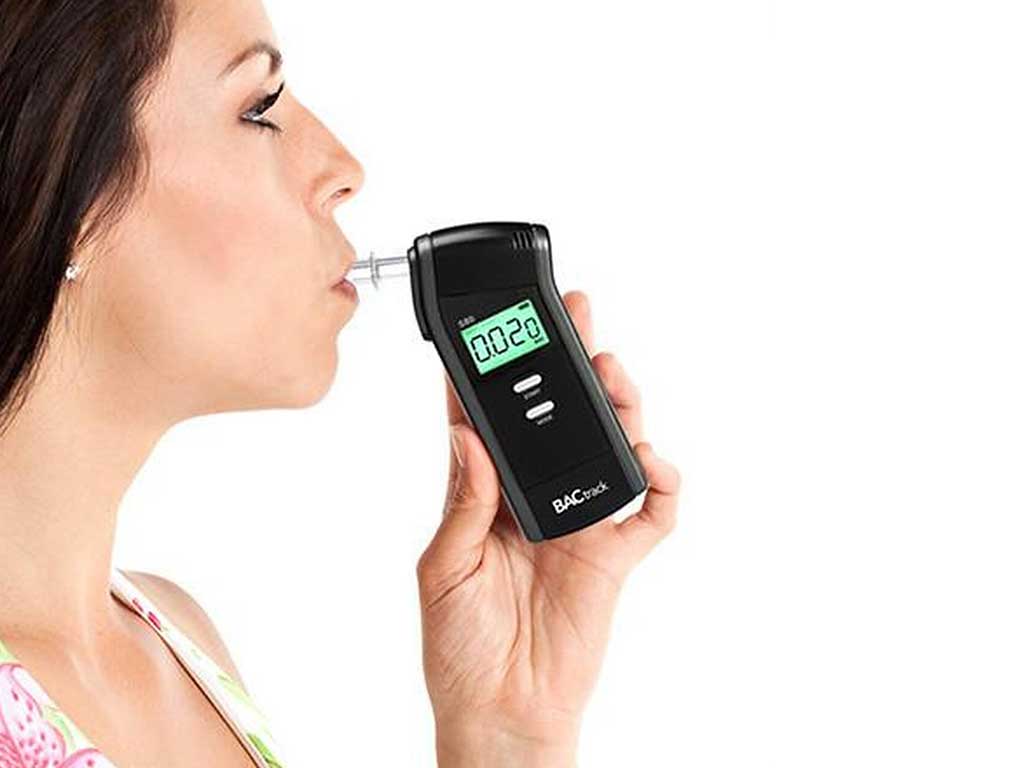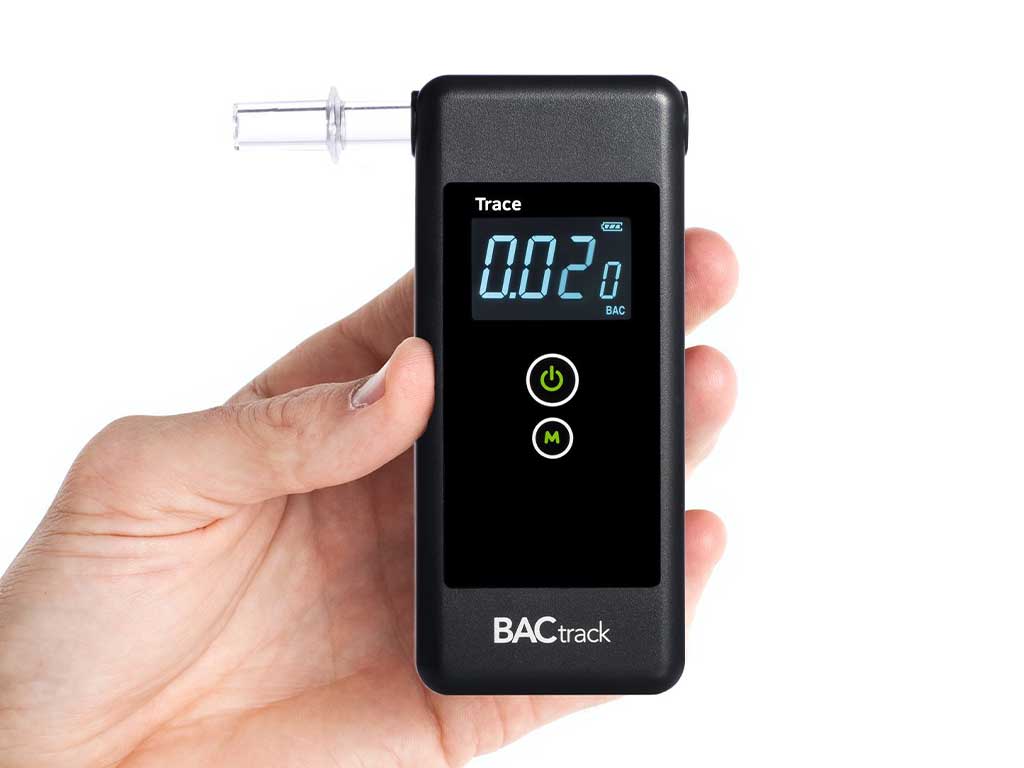Electrochemical Fuel Cell Breathalyzer: Why Use One
19 September, 2023

The use of an electrochemical fuel cell breathalyzer is essential for accurate and reliable breath alcohol testing. This device utilises an electrochemical reaction to measure the Blood Alcohol Content (BAC) in a person’s breath. It offers several advantages over other breathalyzer technologies, such as high sensitivity, rapid response time, and long-term stability. Additionally, the fuel cell breathalyzer is widely recognised for its precision and accuracy. This makes it a preferred choice for law enforcement agencies, workplaces, and individuals.
Accurate BAC reading is crucial for various reasons. It helps police officers determine if a person is driving under the influence (DUI). It also allows individuals to monitor their alcohol consumption and make informed decisions about their ability to drive. Moreover, accurate BAC readings provide reliable evidence in legal proceedings, ensuring fairness and justice. This article will present the electrochemical fuel cell breath tester, explain how it works, and highlight its accuracy.
What is an Electrochemical Fuel Cell Breathalyzer
An electrochemical fuel cell breathalyzer is a device used to determine the presence of alcohol in a breath sample. It operates using platinum electrodes to facilitate a chemical reaction that generates an electrical current. The current determines the breath alcohol concentration, which measures the amount of alcohol in the breath.
Additionally, this breathalyzer typically consists of a sensor, a microcontroller, and a digital display. The sensor detects alcohol molecules in the breath and generates an electrical current proportional to the concentration of alcohol. The microcontroller processes this current, converting it into a digital reading, and then displays it on the device. Law enforcement agencies, workplaces, and individuals use this type of breathalyzer to quickly and accurately measure BAC levels.
Moreover, the calibration of a fuel cell breathalyzer is of utmost importance. By calibrating the device, it ensures accurate and reliable results when measuring BAC. Calibration involves adjusting the instrument to a known standard, allowing it to provide accurate readings. Without proper calibration, the breathalyzer may produce inconsistent results, leading to potential legal and safety issues.
How to Operate the Device
- Turn on the alcohol tester by pressing the power button.
- Wait for the device to warm up, usually around 10-20 seconds.
- Attach the mouthpiece to the device.
- Inhale deeply and then blow steadily into the mouthpiece for around 5-10 seconds.
- The electrochemical sensor will analyse the breath sample for the presence of alcohol.
- The device will display the blood alcohol concentration on the LCD display.
- Read the displayed blood alcohol level and compare it to the legal limit for driving or the desired personal limit.
- After the alcohol breath testing, ensure the device is turned off.

How an Electrochemical Fuel Cell Breathalyzer Works
An electrochemical fuel cell breathalyzer works by utilising three main processes. Firstly, when a person exhales into the breathalyzer, the breath sample enters the fuel cell chamber. Within this chamber, the fuel cell contains a catalyst that initiates a chemical reaction with the alcohol molecules. This reaction generates an electrical current that is directly proportional to the amount of alcohol present.
Secondly, the electrical current produced by the fuel cell is then measured and converted into a digital reading. This reading represents the individual’s BAC level. The accuracy of the measurement is crucial, and manufacturers often calibrate their devices to ensure reliable and accurate readings.
Lastly, the breathalyzer displays the BAC result on a digital screen for easy interpretation. The user can quickly determine whether their BAC level is within the legal limit or if they should avoid driving. Some breathalyzers also offer additional features such as memory storage, Bluetooth connectivity, and smartphone apps for data tracking and analysis. Overall, this type of breathalyzer provides a convenient and effective method for alcohol monitoring.
Benefits
The benefits of a fuel cell breathalyzer are numerous, making it an essential tool for measuring alcohol consumption. Firstly, it offers excellent test-retest reliability, ensuring consistent and reproducible results over multiple measurements. This reliability is crucial in law enforcement, workplace safety, or alcohol treatment programs.
Secondly, the inter-instrument reliability of a fuel cell breathalyzer is exceptional. This means that different devices of the same model yield highly similar results when measuring the same breath sample. Lastly, this device demonstrates high convergent validity with evidential breathalyzers. This indicates that the readings from the fuel cell breathalyzer closely match the results from more advanced breath testing instruments.

Accuracy of an Electrochemical Fuel Cell Breathalyzer
One of the reasons why an electrochemical fuel cell breathalyzer is highly accurate is due to its specificity for ethanol. The design of the fuel cell sensor only allows it to react with the alcohol present in the human breath. This specificity diminishes the likelihood of encountering false positives or false negatives since other substances do not affect the sensor.
Another factor that contributes to the accuracy of this breathalyzer is its precision in measuring low levels of alcohol. A fuel cell breathalyzer has a wide detection range, typically from 0.000 to 0.400 BAC. This precision is crucial when someone has had a little alcohol but is still impaired. By accurately measuring low levels of alcohol, a fuel cell breathalyzer helps prevent instances of drink driving.
Furthermore, manufacturers of fuel cell breathalyzers invest significant time and resources into ensuring the accuracy and reliability of their devices. They conduct rigorous testing and calibration procedures to ensure that the breathalyzer provides consistent and accurate results. Additionally, regular maintenance and calibration checks are necessary to maintain the accuracy of the device over time.
Factors that can Affect the Results
Various factors can affect the results of a fuel cell breathalyzer. Sampling issues can impact device accuracy. The time between drinking alcohol and breath testing can change the breath alcohol concentration. Additionally, the order in which people are tested may affect readings since the device can be influenced by previous samples.
Moreover, the quality of the breath sample can impact the results. If the breath sample is not provided properly, the readings may not accurately reflect the individual’s BAC. Furthermore, factors such as the duration and force of the exhalation can affect the reliability of the readings.
Conclusion
An electrochemical fuel cell breathalyzer is a highly accurate and specific device used to detect alcohol in a breath sample. By utilising platinum electrodes and a chemical reaction, it generates an electrical current that determines the BAC. With its sensor, microcontroller, and digital display, it provides a convenient and effective method for measuring BAC levels. This type of breathalyzer is widely used by law enforcement agencies, workplaces, and individuals to ensure safe alcohol consumption.
Moreover, a fuel cell breathalyzer offers numerous benefits, making it an essential tool for monitoring alcohol consumption. It maintains excellent test-retest reliability, ensuring consistent and reproducible results. Furthermore, it exhibits exceptional inter-instrument reliability and a high level of convergent validity with evidential breathalyzers. However, it is crucial to consider several factors. These include sampling issues, timing of breath testing, order of testing, and the quality of the breath sample. These factors have the potential to impact result accuracy.






























